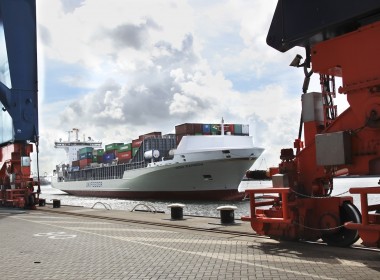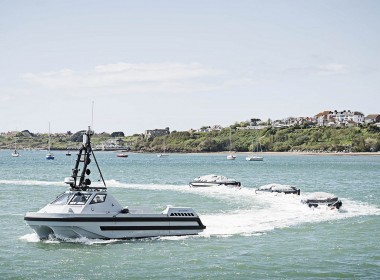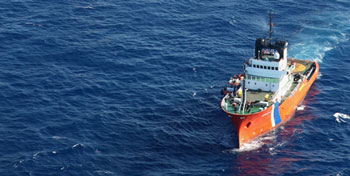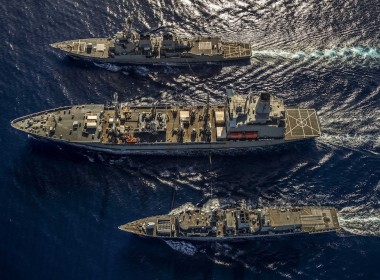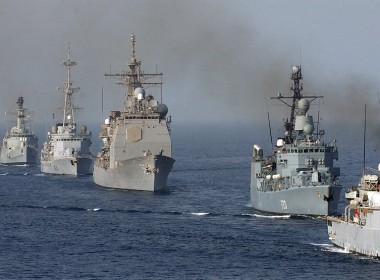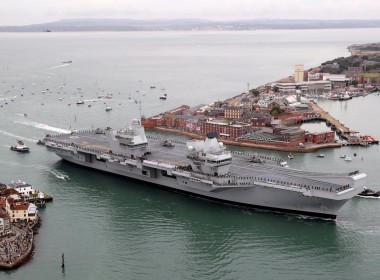FEATURE | UK returns to the fixed wing naval aviation world
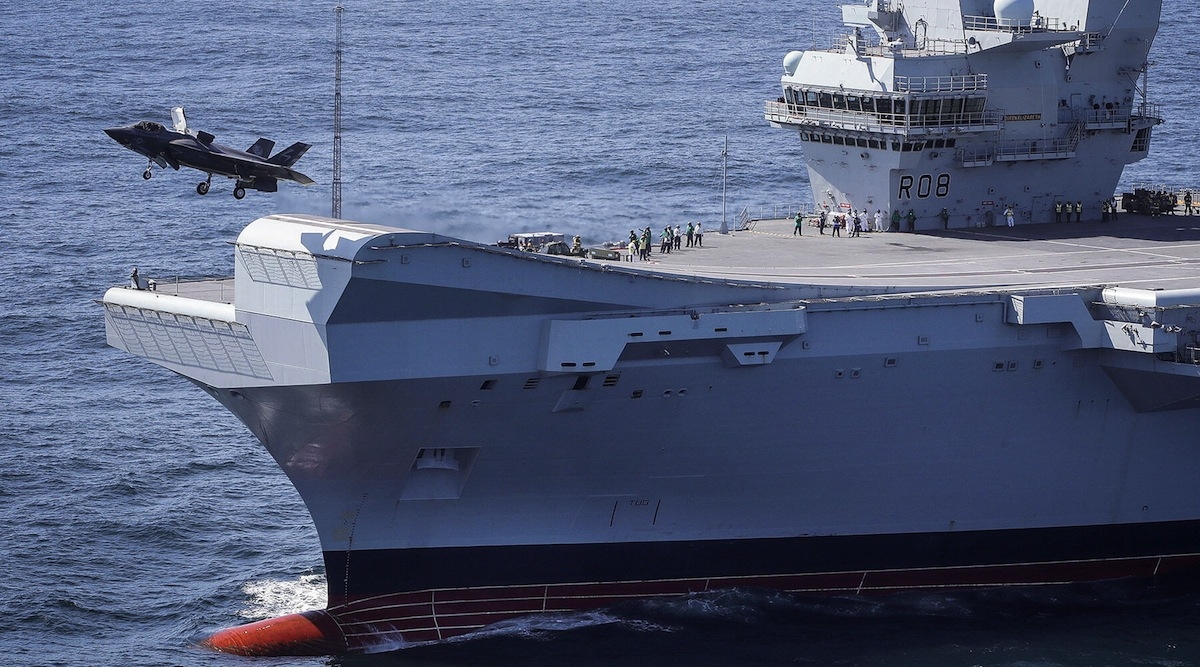
September 28 saw two advanced F-35B Lightning II vertical/short take- off and landing (VSTOL) fighter bombers, of a joint US/UK trials squadron, carry out launching and recovery trials on board the 65,000-tonne British Royal Navy aircraft carrier Queen Elizabeth, which was operating in the western Atlantic.
This was the first time that fixed- wing combat aircraft have operated from an RN warship since the last VSTOL Harrier-equipped squadron ceased operations in 2011. It signalled that UK is on the way to re-joining that elite group of nations capable of conducting sustained long range sea-based air operations. Ahead lie months of trials.
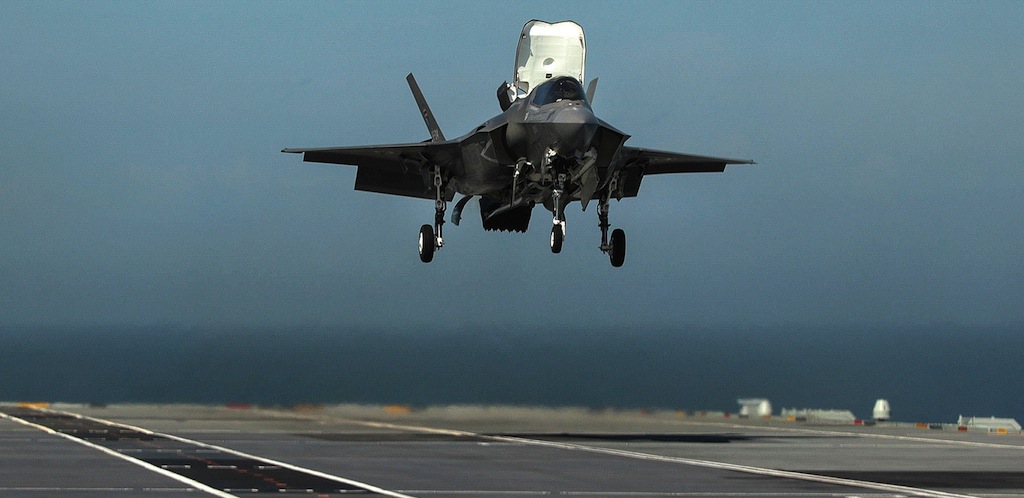
RN and British Royal Air Force F-35Bs are due to operate from Queen Elizabeth from 2020, while the ship is scheduled to deploy to Asian waters in 2021, probably with an embarked air group which will include US Marine Corps F-35Bs. The ship will also be able to deploy Merlin, Chinook and Apache helicopters on disaster relief, anti-submarine and amphibious assault operations.
The highly agile F-35B features a very stealthy profile, advanced radar and electro-optical equipment, and a four- barrel 25mm cannon, and can carry a wide range of air-to-air, air-to-ground, anti-shipping and anti-tank missiles, and bombs. The warplane is widely assessed as being a game changer in the naval combat aviation sphere.


